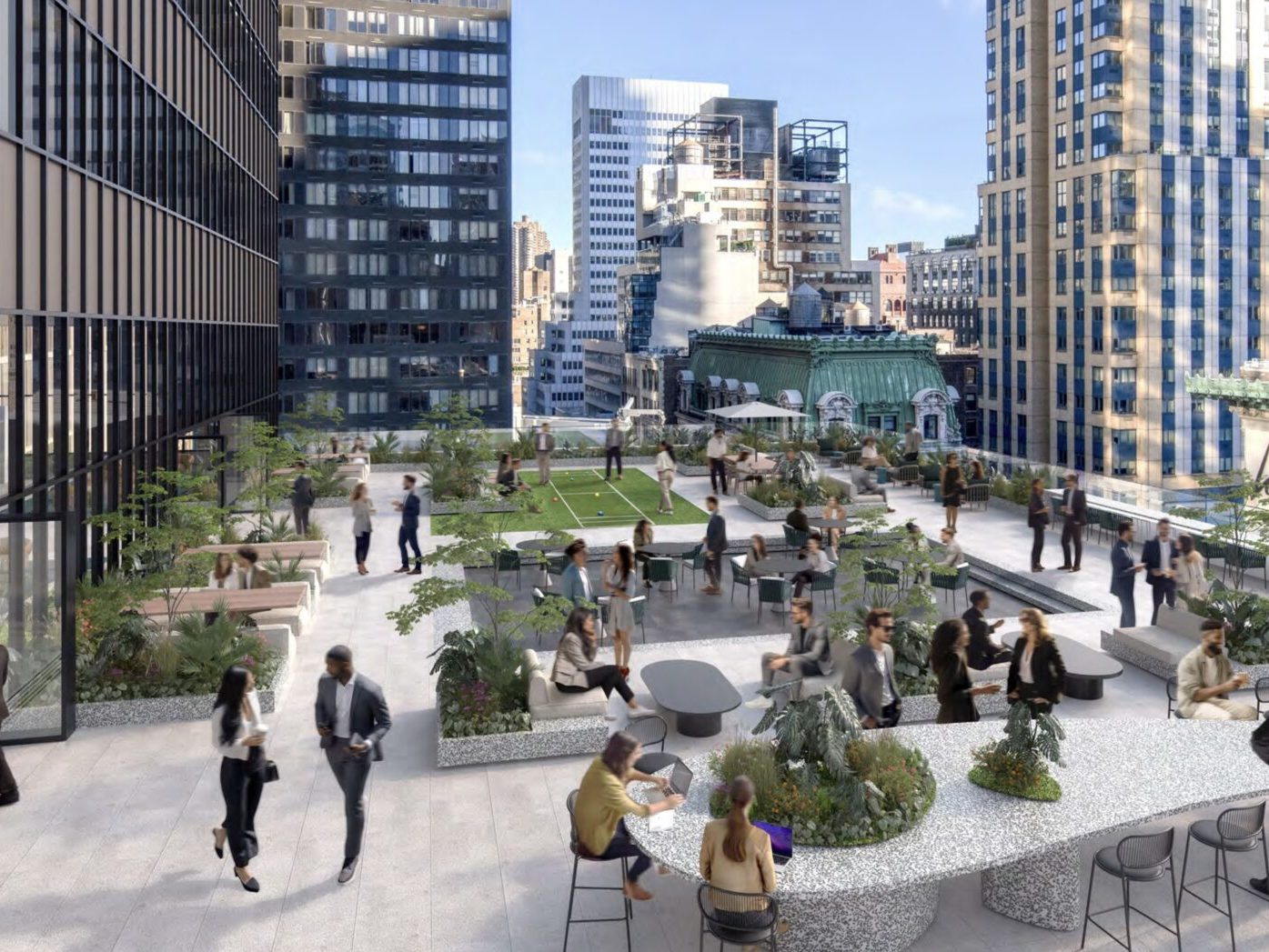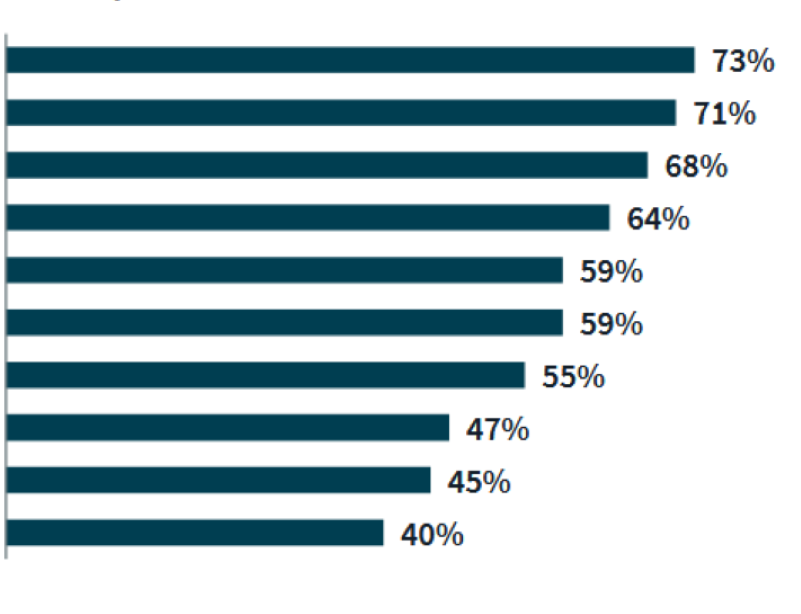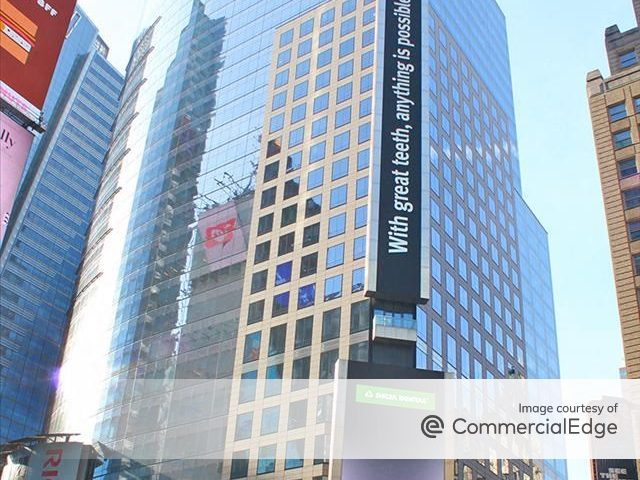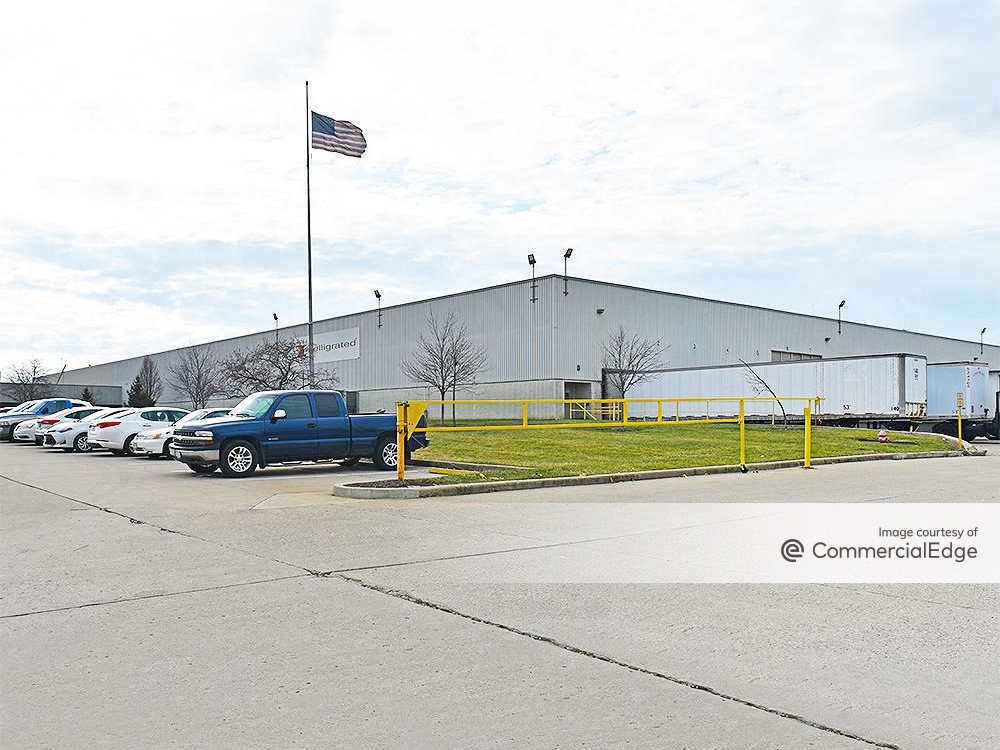3 Ways Online CRE Investing Builds Better Communities
Now that it is possible for every CRE investor to make a localized impact, it’s worth looking at exactly how single-asset CRE investments help build better communities in America.
By Bill Florent
 Investors have always seen commercial real estate as a great way to diversify their holdings and achieve balanced, profitable returns. However, unless they had personal connections within the industry, publicly traded REITs were the most accessible asset class; single-asset investments were commonly out of the question. As a result, CRE investing was often considered to be only a financial pursuit—similar to stocks and bonds.
Investors have always seen commercial real estate as a great way to diversify their holdings and achieve balanced, profitable returns. However, unless they had personal connections within the industry, publicly traded REITs were the most accessible asset class; single-asset investments were commonly out of the question. As a result, CRE investing was often considered to be only a financial pursuit—similar to stocks and bonds.
Today, however, this is no longer the case. The passing of the JOBS Act ushered in CRE’s digital era, and now accredited investors have an opportunity to do more than make money: They can strategically invest in specific American communities and stimulate their economies.
Online CRE crowdfunding platforms allow investors to research and explore countless single-asset investment opportunities across the country. They can choose to invest in their hometowns, or they could help revitalize a different community in need of an economic boost. Now that it is possible for every CRE investor to make a localized impact, it’s worth looking at exactly how single-asset CRE investments help build better communities in America.
Recycling Abandoned Buildings
Nearly every metropolitan area in the nation has old commercial properties such as factories and warehouses sitting unused. In fact, according to the United States Postal Service, Los Angeles County had more than 160,000 vacant commercial properties in 2012. Cook County, Ill. (home to Chicago), had nearly 85,000, and Harris County, Texas (home to Houston), had more than 73,000.
Unused, these buildings become hotbeds of crime and sinkholes for taxpayer dollars. Philadelphia’s residents, for example, fork over more than $20 million each year to maintain their vacant commercial properties (40,000 of them).
Investing in a project that restores life to one of these abandoned buildings can make a tremendous impact on a community. Old warehouses and factories can become beautiful loft-style apartments, and many buildings can make for unique and affordable office spaces when given the chance.
One renovated building can spark a chain reaction of renovations, and before long, an entire neighborhood full of abandoned buildings can transform into a thriving community of updated apartments, offices, and retail space.
Creating Jobs
Nothing attracts young professionals like new apartments, retail spaces and entertainment options in an urban setting. When these amenities are within walking distance of work, Millennials—who, according to a study by the National Association of Realtors, love to live as close as possible to their offices—can’t move in fast enough.
A 2016 NAIOP report found that in 2015, CRE development supported 3.2 million jobs in America and added $450 billion to the country’s gross domestic product. That’s 3.2 million people with paychecks going back to their local communities, stimulating the growth of local businesses, and improving quality of life across entire regions.
More jobs and commerce means more tax revenue, more valuable properties and more prosperous communities.
Improving Public Infrastructure
Those 40,000 abandoned properties in Philadelphia cost the city an estimated $5 million in lost tax revenue every year. If those buildings were revitalized, however, that $5 million could go toward schools and infrastructure that would benefit not only the revitalized neighborhood, but also the city. Chicago’s commercial office buildings, for example, provide the city with a whopping $750 million in property tax revenue, 54 percent of which goes toward public schools.
All told, CRE investments lead to much-needed infrastructure enhancements across America. This includes improved public transportation, new and updated schools, and additional funding to countless other government-sponsored services.
As Brian Clark of Saxony Securities told us, “Creating areas in which people can live, work, and play provides incentive for residents to plant roots and build vibrant communities. This is the type of ‘impact investing’ for which many of our clients are looking.”
As online CRE investing continues to grow, opportunities for investors to initiate this meaningful change will also expand. From investments in buildings to the communities that grow around them, online CRE investing has the power to do much more than grow the value of a dollar.
Bill Florent, co-founder and CFO of Selequity, has more than 35 years of high-quality financial analysis experience in leadership, acquisitions, investor relations and contract negotiations. As the CFO of Cassidy Turley, he executed a national growth strategy which generated annual revenues of more than $750 million. He co-founded Selequity.com, an online private placement platform for commercial real estate investment, with former partners who share the belief that web-enabled access to real estate opportunities will transform access to real estate capital.







You must be logged in to post a comment.